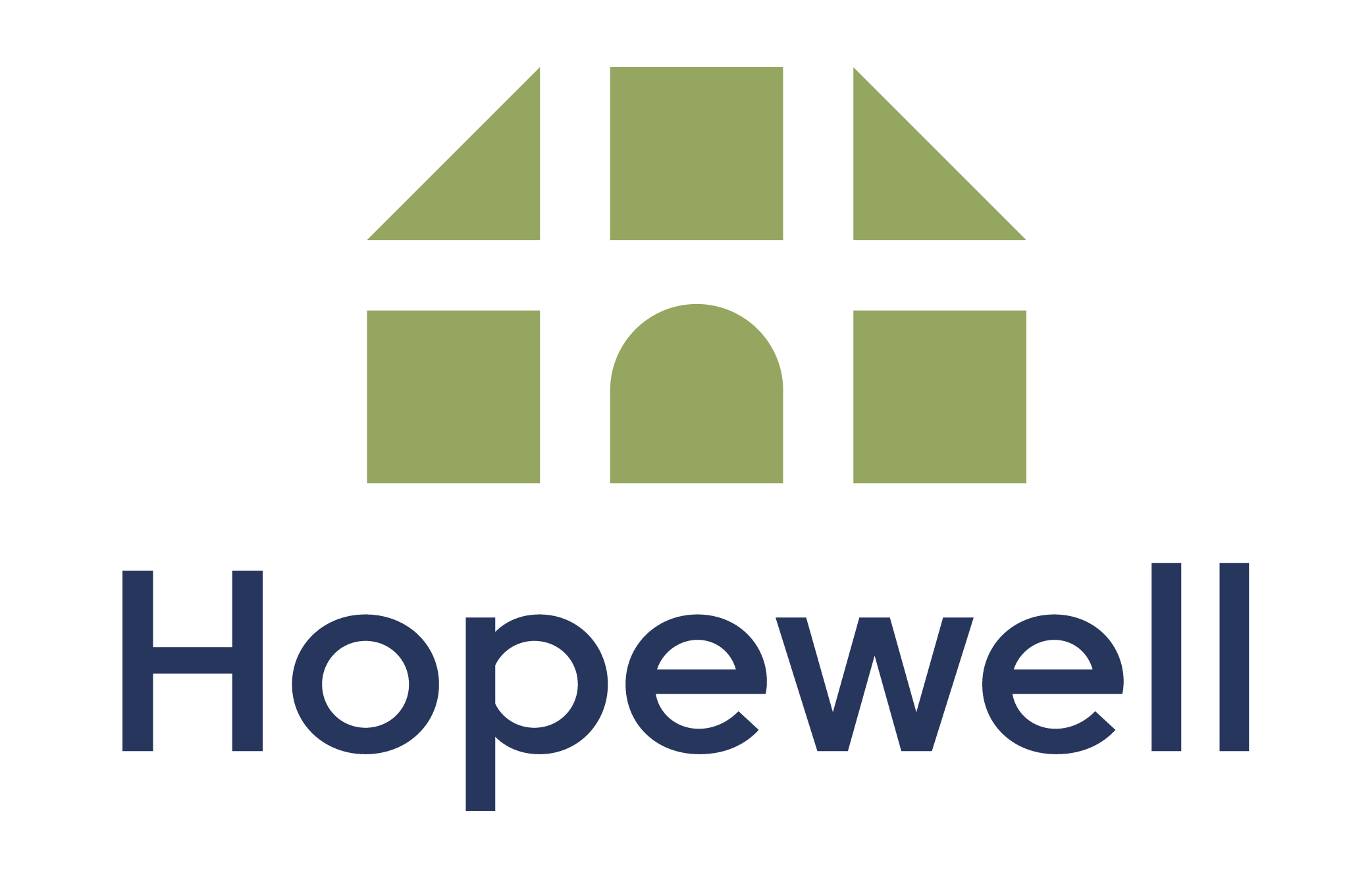WELCOME TO
HOPEWELL
Introducing Bloomington’s newest neighborhood – with a name that proudly ties to our past.
In 1905, Bloomington’s Local Council of Women bought the 10-room red brick house that would become our community’s first hospital. The house, located on a portion of the acreage that became Bloomington Hospital and later IU Health Bloomington Hospital, had previously belonged to a local man named Isaac Hopewell. The property came to be known by his name, linking “Hopewell” to the site for generations to come.
The Local Council of Women turned the structure into a much-needed local hospital, which they supported with canned goods, garden produce and fundraisers – even raising chickens to help feed patients! Hopewell House served as part of Bloomington’s hospital for nearly six decades, eventually being razed in the summer of 1963. The beautiful legacy of Hopewell House – residents taking action to care for each other – continues to inspire the many individuals working to ensure that this new neighborhood in the heart of Bloomington remains a place of compassion, good health, and perpetual optimism.
IN THE HEART OF BLOOMINGTON
Located just south of Bloomington’s downtown, the hospital site is bounded roughly by West 2nd Street to the north, West Wylie Street to the south, the B-Line Trail to the east, and South Walker Street to the west. Neighboring the established neighborhoods of McDoel Gardens and Prospect Hill, this location presents a rare opportunity to create from the ground up a community hub that enhances and expands the experience of living in, working in, and visiting our city.
INSPIRED BY THE PRESENT, LOOKING TO THE FUTURE
In the process of selecting Hopewell, the City conducted one-on-one interviews and small group engagement sessions with a variety of stakeholders. These contributors shared a broad variety of perspectives representing their diverse interests and expertise, including business, arts, environment and sustainability, healthcare and human services, development, education, community history, neighborhoods, and government.
We eagerly anticipate working together to bring this shared vision to fruition, featuring affordable housing, accessible green space, and an overall approach guided by equitable sustainability strategies.
For media inquiries, please click here.




